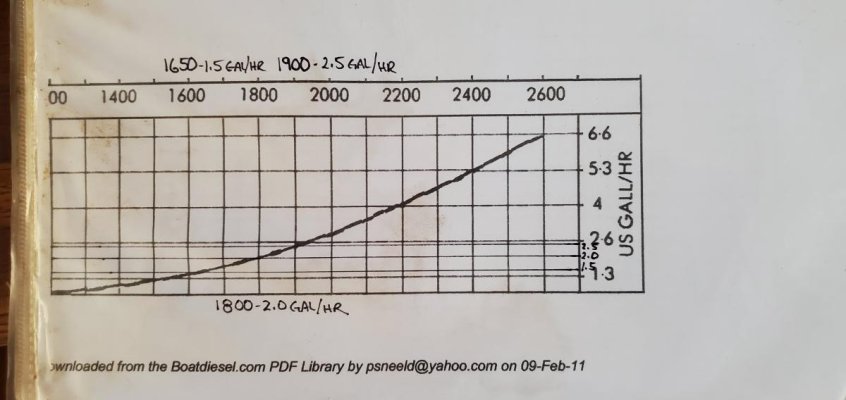Porchhound
Veteran Member
- Joined
- Jan 6, 2022
- Messages
- 80
- Vessel Make
- 1981 CHB 34
I'm looking at 44ft of fiberglass, wood and steel plus liquids and it only has one engine and bow thrusters! Supposedly it burns less than 2 gal/hr at hull speed (8kts). I'm less worried about fuel consumption on this Mariner Tradewinds than ability to maneuver in tight spaces. I've owned larger boats but they had twins.
Anyone on here develop the skills to handle a boat this size on one engine?
Anyone on here develop the skills to handle a boat this size on one engine?


